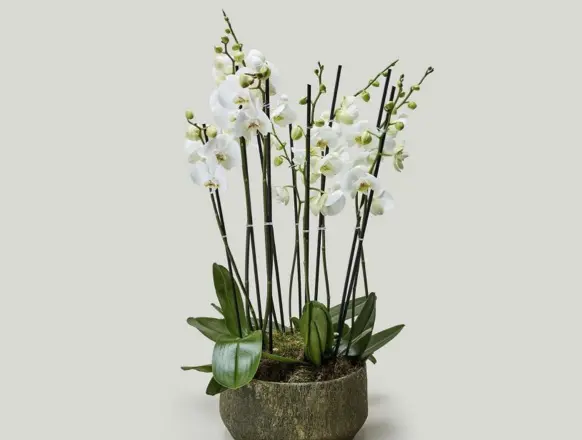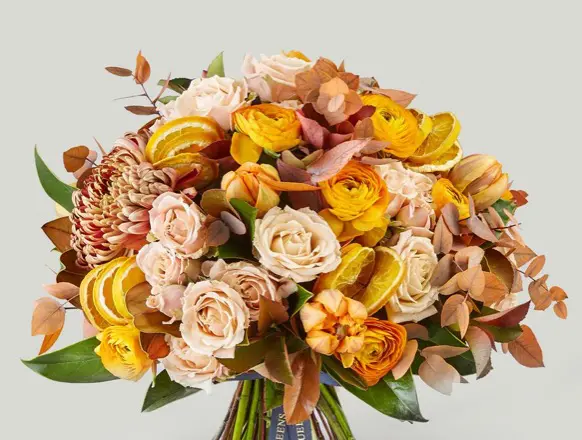
Can Regular LED Lights Be Used to Grow Plants?
As the demand for fresh, locally-grown produce continues to rise, more and more people are turning to indoor gardening and plant cultivation. One of the key components of successful indoor plant growth is the proper lighting, and many gardeners are curious about the potential of using regular LED lights for this purpose.
Understanding the Role of Light in Plant Growth
Plants rely on light for the process of photosynthesis, which is the foundation of their growth and development. During photosynthesis, plants absorb light energy and use it to convert carbon dioxide and water into glucose, the primary fuel for plant growth.
The quality and quantity of light play a crucial role in plant health and productivity. Factors such as the spectrum (the range of wavelengths), intensity (the amount of light), and duration (the length of exposure) all contribute to the plant’s ability to thrive.
Can Regular LED Lights Be Used for Growing Plants?
While regular LED light bulbs designed for general household illumination can provide some level of light for plants, they are not the optimal solution for indoor plant cultivation. Here’s why:
Spectrum and Wavelength
Regular LED bulbs are typically designed to emit a broad spectrum of light that is pleasing to the human eye, often with a focus on producing white light. However, plants have specific lighting requirements that differ from human visual perception. They primarily utilize the red and blue wavelengths of the light spectrum for photosynthesis and various stages of growth and development.
Lighting Intensity
Regular LED bulbs are generally not as intense as specialized grow lights, which are designed to provide the high levels of light that plants need for optimal growth. The intensity, measured in lumens, is not the same as the photosynthetically active radiation (PAR) that plants use for photosynthesis. Regular LED bulbs may not be able to provide the necessary PAR levels for robust plant growth.
Energy Efficiency
While regular LED bulbs are generally more energy-efficient than traditional incandescent or fluorescent lights, they may not be as efficient as specialized grow lights when it comes to converting electricity into the specific wavelengths and intensities required for plant growth. This can result in higher energy costs and potentially less effective plant growth.
Specialized Grow Lights: The Better Choice for Indoor Plant Cultivation
To ensure the best possible outcomes for indoor plant cultivation, it’s generally recommended to use specialized grow lights designed specifically for this purpose. These lights are engineered to provide the optimal spectrum, intensity, and energy efficiency for plant growth and development.
Grow lights, including LED-based models, are typically tuned to emit a higher proportion of red and blue wavelengths, which are particularly important for photosynthesis, flowering, and other critical plant processes. They also often offer adjustable intensity levels to accommodate the changing needs of plants as they progress through their growth stages.
While the initial investment in specialized grow lights may be higher than regular LED bulbs, the long-term benefits can outweigh the costs. Grow lights can help ensure healthier, more robust plant growth, leading to higher yields and better-quality produce.
Considerations for Using Regular LED Lights for Plant Growth
If you do decide to experiment with using regular LED lights for your indoor plants, there are a few factors to consider:
- Supplement with additional lighting: Combine regular LED bulbs with other light sources, such as fluorescent or specialized grow lights, to provide a more balanced spectrum and higher intensity.
- Adjust the distance: Place the regular LED lights closer to the plants to increase the intensity, but be mindful of potential heat buildup and the plants’ sensitivity to excessive light.
- Monitor plant health: Closely observe your plants for signs of stress or stunted growth, and be prepared to make adjustments to the lighting setup as needed.
Conclusion
While regular LED lights can provide some level of illumination for indoor plants, they are not the optimal choice for successful and efficient plant cultivation. Specialized grow lights, designed with the specific needs of plants in mind, are the better option for ensuring healthy, vibrant, and productive indoor gardens. By understanding the importance of light quality, intensity, and spectrum, gardeners can make informed decisions to create the ideal growing environment for their indoor plants.




